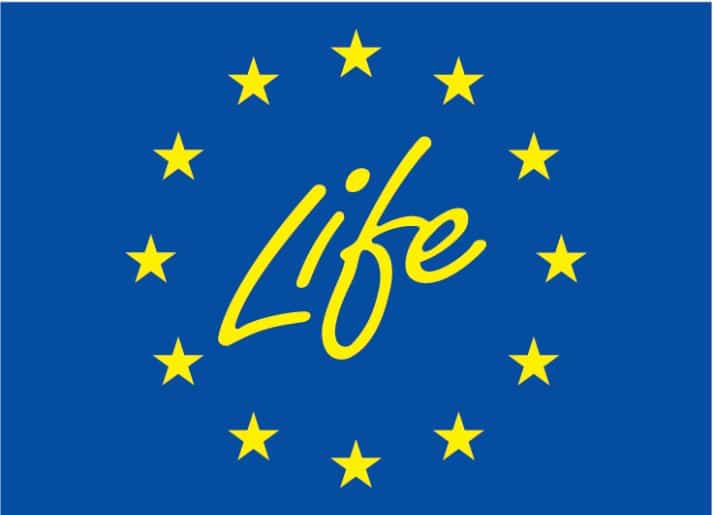Towards a Climate-Neutral Economy
More and more countries are opting for carbon pricing to reduce emissions in the industry. In view of the 2050 net-zero emissions target, what are the challenges and the opportunities for carbon pricing as key climate policy instrument? This was the focus of discussion of the panel “Towards a Climate-Neutral Economy: The Role of Carbon Pricing in Moving the Industry Closer to Net-Zero by 2050” held in December at the COP28 in Dubai. This event was co-organised by ICAP, CAKE/KOBiZE and the EUI – watch the recording
Before discussing the next steps for carbon pricing, Mette Quinn, Head of Unit at the European Commission, pointed out that many lessons can be learned from the experience with the EU Emissions Trading System (EU ETS). According to Quinn, three elements are critical to the success of the system: 1) the cap has been significantly tightened over time, 2) the Market Stability Reserve introduced in 2019 has made the system more resilient, and 3) a robust climate policy framework ensures monitoring, reporting and verification, as well as enforcement and oversight of the carbon market. All these aspects have contributed to the success of the EU ETS in reducing emissions from power plants and industrial installations by 37% between 2005 and 2022.
In fact, many countries seek the same impact within their own emissions trading systems. China, as reported by Deputy General Manager of SinoCarbon Innovation & Investment Co. Qian Guoqiang, has successfully developed and extended its national ETS and is reviewing the experiences of its more mature provincial ETSs to further develop the national system. One positive signal and motivation is that the Chinese provinces with an ETS appear to be coping much better with the transition in terms of GDP.
However, in view of the increasingly ambitious climate targets, ETSs are faced with many challenges. As highlighted by Simone Borghesi, Director of the Florence School of Regulation and Professor at the University of Siena, the risk of carbon leakage[1] is likely to increase as the EU ETS cap tightens and carbon prices rise. Research collected in the framework of the EU-funded project LIFE COASE[2] found little evidence for carbon leakage so far, but competitiveness concerns are growing due to the increase in allowance prices. A question therefore arises as to how the industry most at risk of carbon leakage can be protected while at the same time creating further incentives to reduce emissions. One way ahead, as concluded by Borghesi, might be to increase efforts of linking existing carbon markets, and to use the EU’s Carbon Border Adjustment Mechanism, which is meant to apply a carbon tariff to energy-intensive products imported into the EU, as a tool to encourage more countries to adopt carbon pricing mechanisms.
James Corbett, Environmental Director at the World Shipping Council, underlined the importance of a global carbon price. Since shipping is a cross-country sector, a global price is the only way that the sector will achieve GHG reductions without regional distortion effects. Yet, reinforcing international cooperation on carbon pricing requires trust and time.
In the meantime, several other aspects need to be clarified in the next years, especially since carbon pricing intends to incentivise long-term investments that require a certain predictability. Robert Jeszke, CEO of the Centre for Climate and Energy Analysis (CAKE/KOBiZE), pointed to two aspects in particular. First, if the EU ETS is to remain a market-based instrument and a central pillar or the EU’s climate policy, it needs to be extended to new sectors. This is mainly due to the upcoming shortage of allowances. The EU ETS extension, as approved by the legislators in form of the EU ETS 2 for road transport and buildings fuels, will bring new challenges, such as possible welfare effects at country level. Solutions for burden sharing will thus become increasingly important. Second, the closer we move to 2050, the more we see the need for the evolvement of new technologies, including for carbon capture and storage (i.e. BECCS, CCS, CCUS and DACS). Yet, the EU ETS’s current architecture does not consider these technologies.
Indeed, we need to prepare ourselves for significant changes in the post-2030 EU ETS, said Eva Tamme, Managing Director at Climate Principles. Integrating carbon removals into the system will require answering some key questions, including which sectors will be allowed to keep residual emissions, which sectors will need to decarbonise completely, and which methods should be brought in, when, and to what extent.
In conclusion, the EU ETS is at a critical moment, having just been reformed and already looking to the new targets for 2040. Now, it is important to digest the changes and assess the developments. Gerassimos Thomas, Director-General for Taxation and Customs Union at the European Commission, encouraged this process, highlighting that the alternative to carbon pricing is more regulation, which often fails to be as effective as market-based instruments.
[1] Carbon leakage describes the behaviour of firms that move their activities to countries with less stringent climate policies, and thus circumvent carbon pricing.
[2] LIFE COASE is a project co-funded by the EU Life Programme of the European Commission. The project will establish the first observatory for assessment of the European Union Emissions Trading System (EU ETS), to offer a reference source of knowledge for policymakers and researchers and pave the way for future research and policies on emissions trading. More information can be found at LIFE COASE – Collaborative Observatory for ASsessment of the EU ETS – Florence School of Regulation (eui.eu).







